The G major chord is a cornerstone for anyone starting their guitar journey. It’s one of the first chords most beginners tackle, and thankfully, it’s quite straightforward to learn, requiring just three fingers. This guide will walk you through playing the G chord on your guitar, ensuring you get a clean sound and can start practicing effectively.
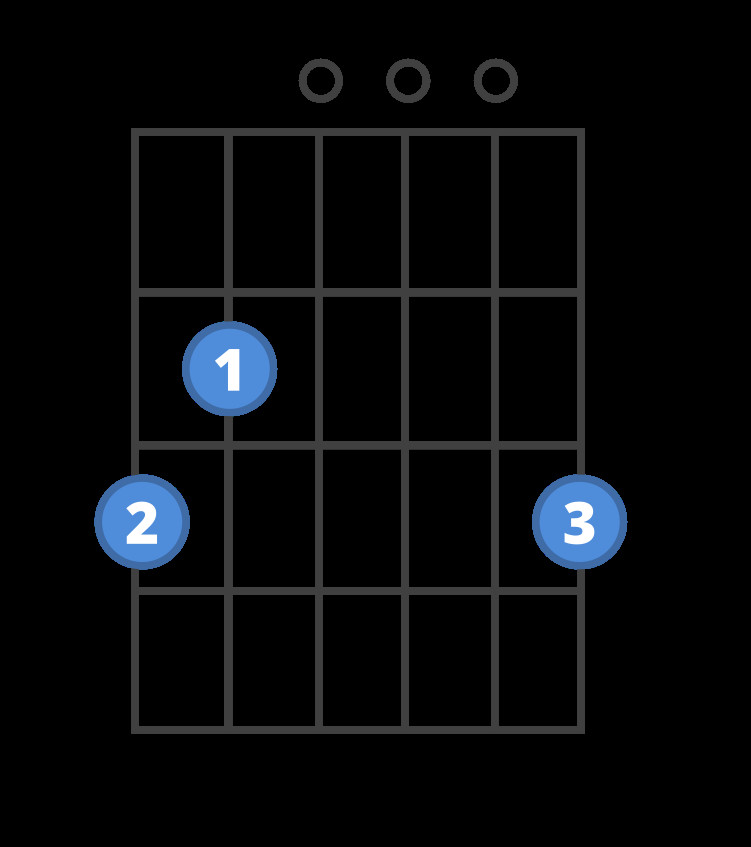 Chord diagram for the G guitar chord.
Chord diagram for the G guitar chord.
Let’s break down the steps to get your fingers in the right position and start playing this essential chord.
Step-by-Step to Playing the G Guitar Chord
Follow these simple steps to form the G chord correctly.
Step One: Finger 1 on the 5th String, 2nd Fret
Begin by placing your index finger (finger number 1) on the second fret of the fifth string.
Remember, guitar strings are numbered from thinnest to thickest.
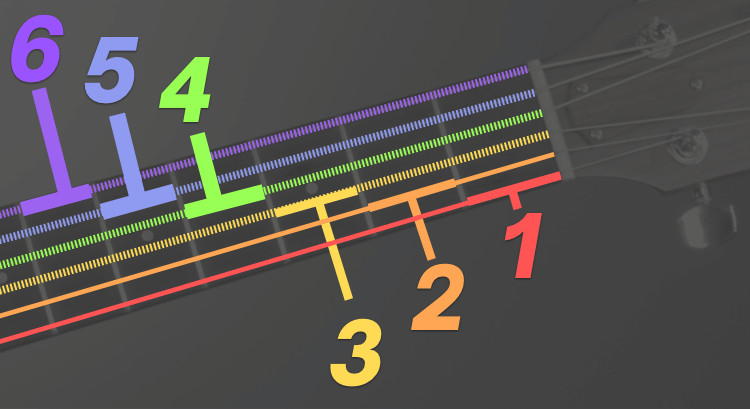 String order diagram for guitar.
String order diagram for guitar.
When we refer to the “second fret,” we mean the space just behind the metal fret bar, closer to the headstock of your guitar, not directly on top of the fret itself.
Looking at the diagrams, you’re aiming for the blue fifth string within the orange finger zone of the second fret. Got it? Let’s move on!
Step Two: Finger 2 on the 6th String, 3rd Fret
Next, place your middle finger (finger number 2) on the third fret of the sixth string.
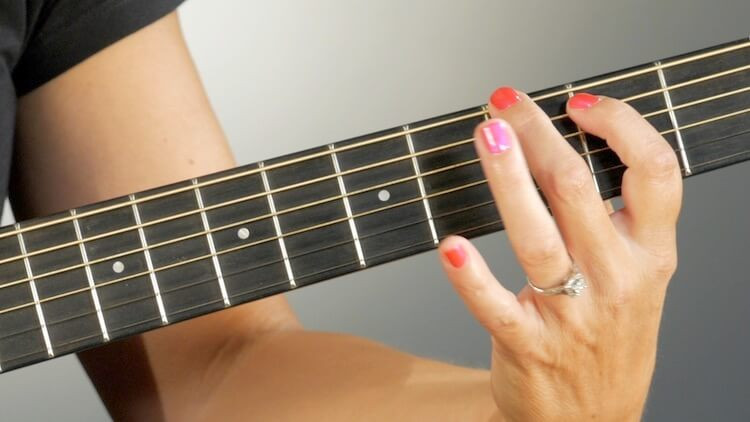 Finger placement for step two of the G chord.
Finger placement for step two of the G chord.
Step Three: Finger 3 on the 1st String, 3rd Fret
Now, position your ring finger (finger number 3) on the third fret of the first string.
This might feel like a bit of a stretch initially, as you’re spanning from the thickest sixth string with your middle finger to the thinnest first string with your ring finger.
Step Four: Strum and Listen
Finally, strum all six strings of your guitar.
Does it sound like a clear, full chord? Excellent! That’s the G major chord.
If you hear any buzzing sounds, don’t worry – this is common for beginners. Read on for some helpful tips to achieve a cleaner sound.
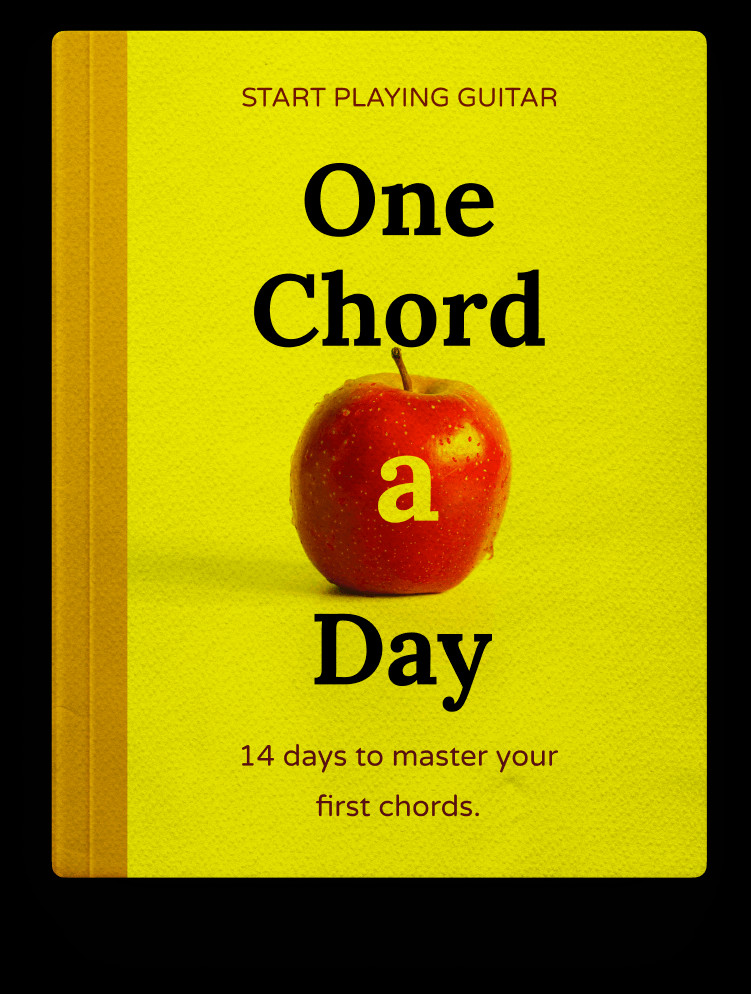 Promotional banner for beginner guitar course.
Promotional banner for beginner guitar course.
Tips for a Clean G Chord Sound
Here are two crucial tips to help you overcome common challenges when learning the G chord and ensure a clear, buzz-free sound.
Tip: Curve Your Fingers for String Clarity
The G chord is often one of the first chords where beginners need to reach across to the sixth string. This can lead to the fleshy parts of your fingers accidentally muting adjacent strings. The solution is to curve your fingers correctly.
Observe how Anna, in her G major lesson, positions her fingers:
Notice the curve in her fingers. Imagine you’re gently holding an egg in your palm. Your thumb rests on the back of the guitar neck, and your fingers curve around, allowing only the tips to press down on the strings.
This curvature prevents the fleshy parts of your fingers from blocking unwanted strings, contributing to a cleaner sounding G chord.
Tip: Get Close to the Frets for Easier Pressing
Are you experiencing buzzing strings? Try positioning your fingers closer to the fret.
See how close Anna places her fingers to the fret in this image:
Generally, the closer you place your fingers to the next fret (the one towards the guitar body), the less pressure you need to apply to produce a clear sound. This reduces buzzing and makes playing the G chord, and other chords, easier on your fingers.
Practice and Further Learning
Now that you can play the G chord, consistent practice is key. To help you progress further, consider exploring structured lessons and practice tools.
For beginners, comprehensive guitar lessons can guide you through the G chord and other essential chords needed to play your favorite songs. These lessons often cover tuning, rhythm, and fundamental techniques, setting you up for success in your guitar journey.
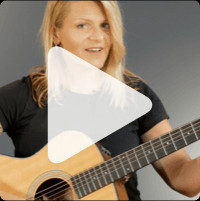 Thumbnail for beginner guitar chords lesson.
Thumbnail for beginner guitar chords lesson.
Chord Coach for Focused Practice
For targeted practice on the G major chord, a Chord Coach tool can be incredibly beneficial. These tools often listen to your playing and provide real-time feedback, guiding you finger-by-finger as you learn new chords and refine your technique.
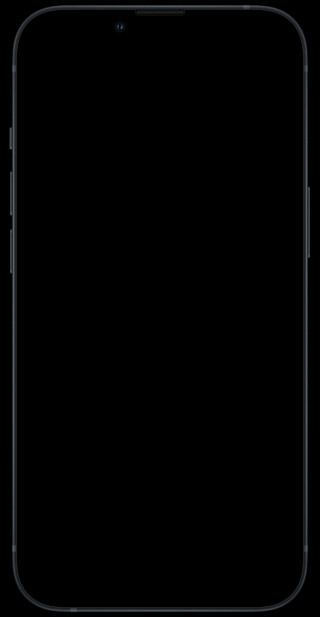 iPhone displaying ChordBank Chord Coach.
iPhone displaying ChordBank Chord Coach.
ChordBank’s Chord Coach, for example, uses your phone’s microphone to listen as you play, offering step-by-step guidance to master the G chord and other guitar chords.
Smart Practice Techniques
To make practice engaging and effective, incorporate varied methods like flashcards and games.
Smart Flashcards: Efficiently learn chord changes, a crucial skill for smooth guitar playing. Flashcards can help you transition between chords like G and C, or G, C, and D, building muscle memory and dexterity.
Here are the chord diagrams for G and C chords for reference:
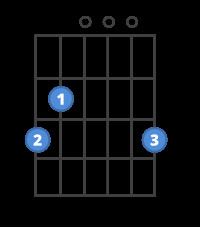 Chord diagram for the G guitar chord.
Chord diagram for the G guitar chord.
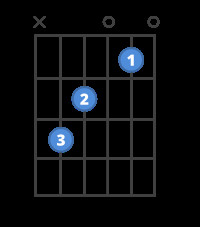 Chord diagram for the C guitar chord.
Chord diagram for the C guitar chord.
Notice the similar shape in the lower strings of both chords, which can aid in transitioning between them.
Games: Make practice fun with interactive games like EmojiHunt or ChordPOP!. These games often use your device’s microphone to react to your playing, turning chord practice into an enjoyable activity.
 iPhone displaying ChordBank Chord Coach.
iPhone displaying ChordBank Chord Coach.
Conclusion
Mastering the G Chord Of Guitar is a significant first step in your musical journey. By following these steps, practicing diligently, and utilizing available resources like lessons and practice tools, you’ll be playing the G chord cleanly and confidently in no time. Keep practicing and enjoy the process of learning guitar!
By Anna Freitas
http://annafreitasguitar.com/
Anna Freitas holds a B.A. from Berklee College of Music and performs throughout New England as a guitarist and vocalist. She teaches students both in-person and online via Skype.
